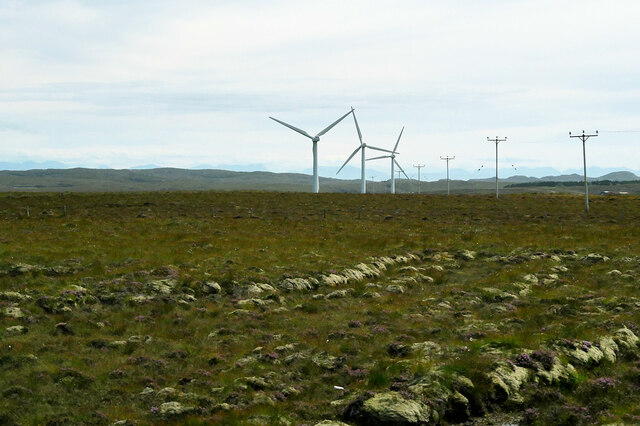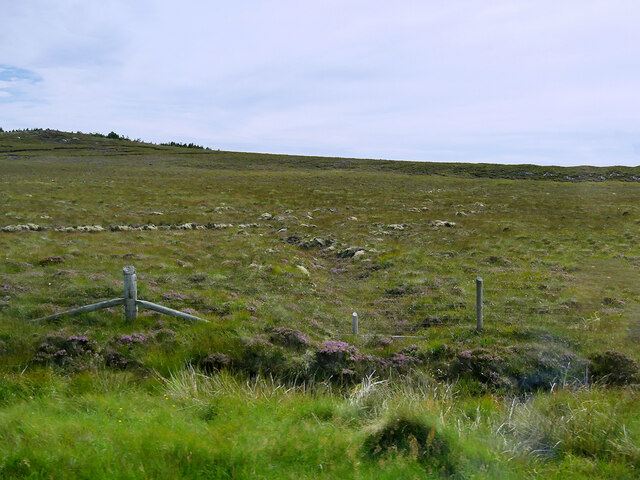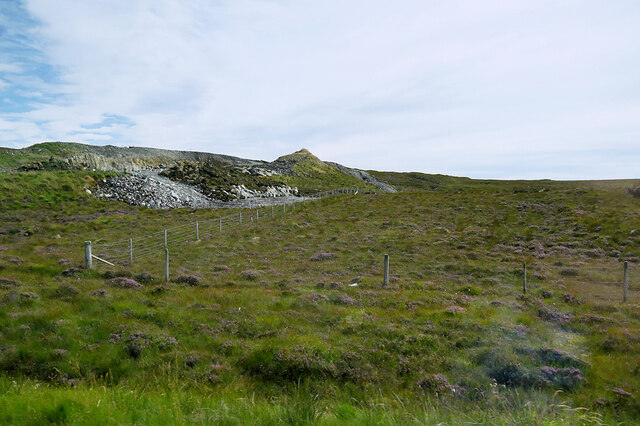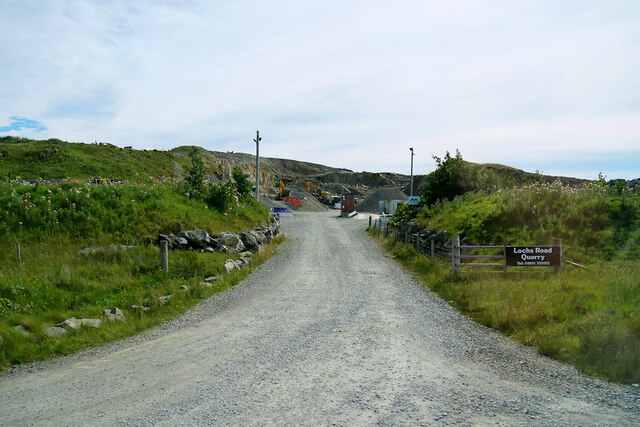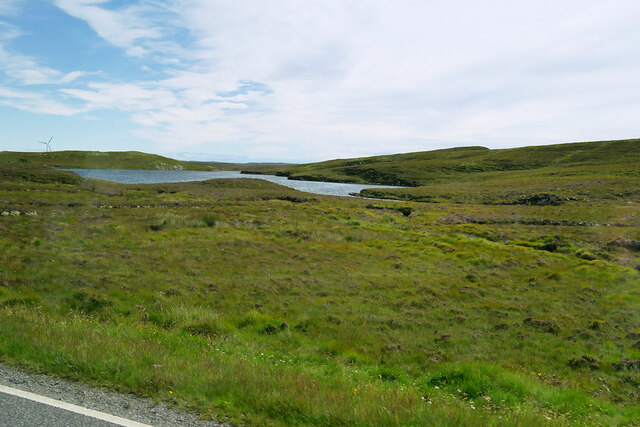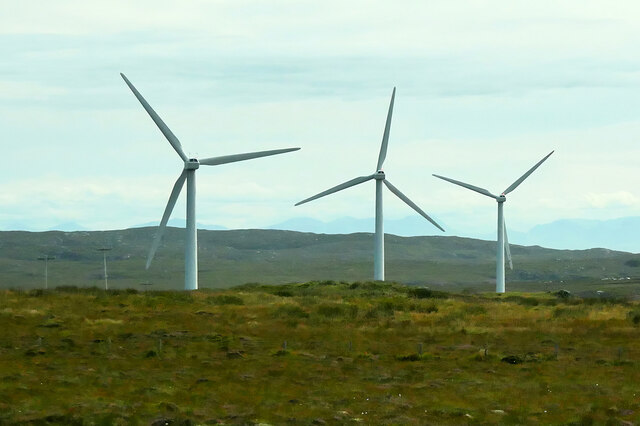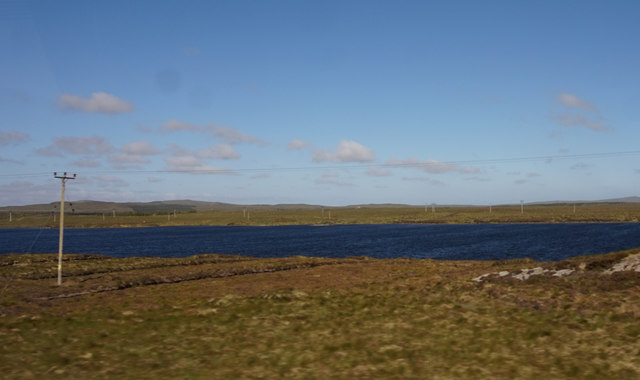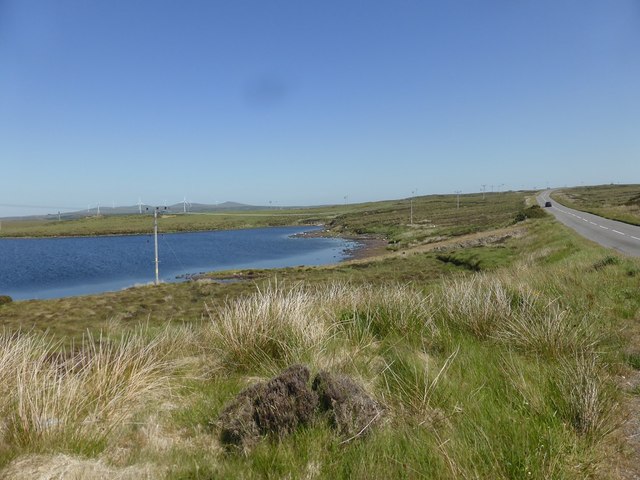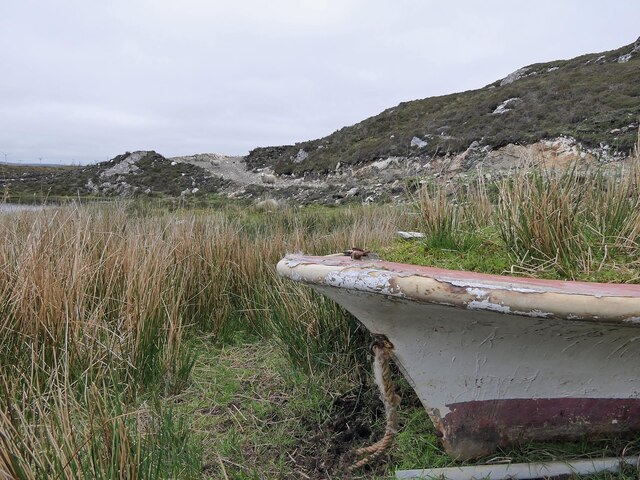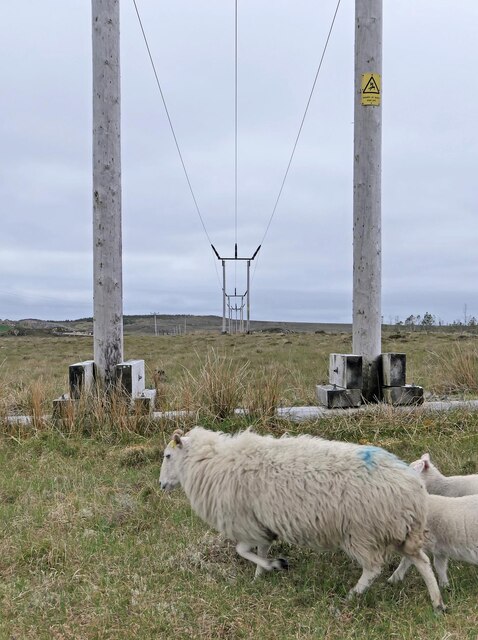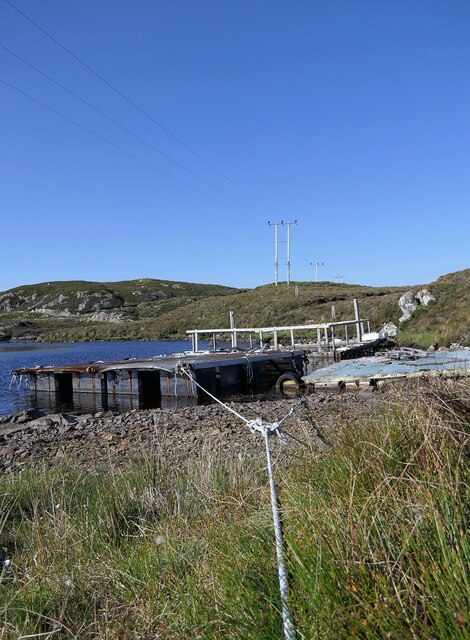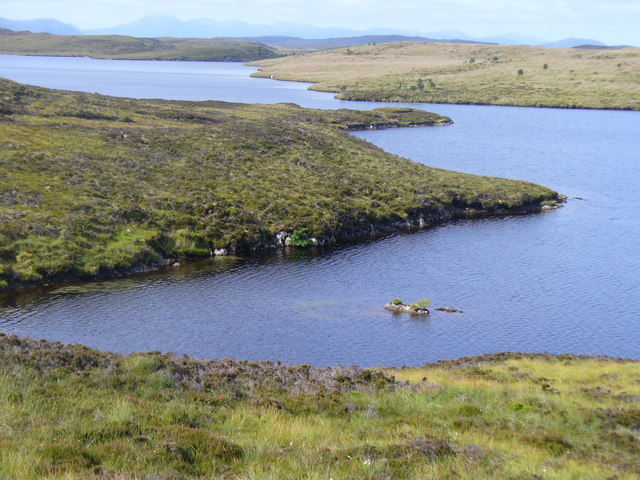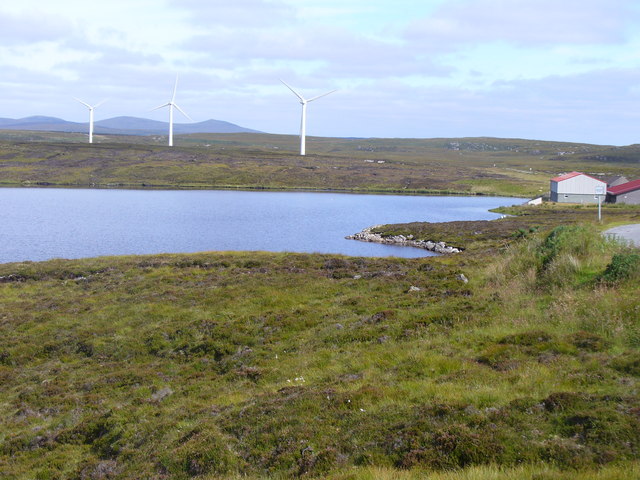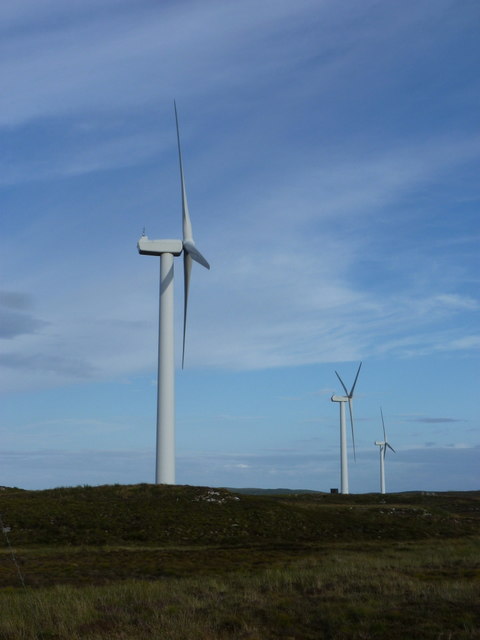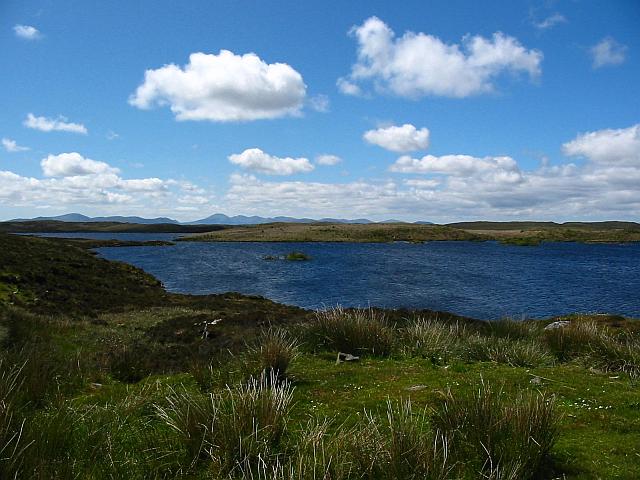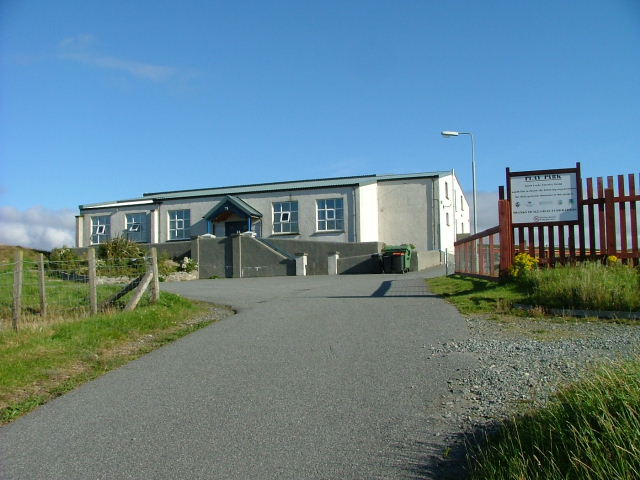Loch Beag na Craoibhe
Lake, Pool, Pond, Freshwater Marsh in Ross-shire
Scotland
Loch Beag na Craoibhe
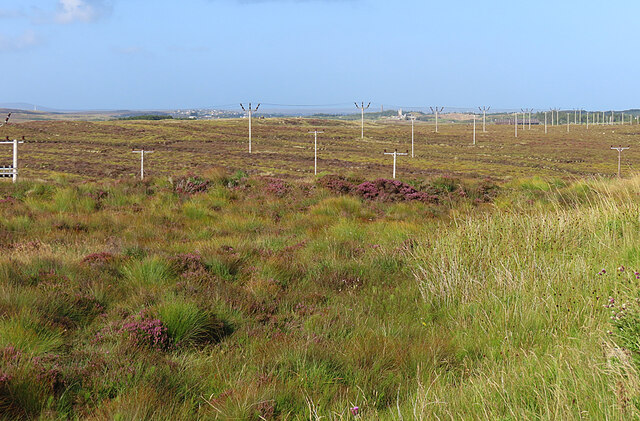
Loch Beag na Craoibhe, located in Ross-shire, Scotland, is a small freshwater body encompassing the characteristics of a lake, pool, pond, and freshwater marsh. Nestled amidst the picturesque Scottish Highlands, this natural gem covers an approximate area of 10 acres.
The loch is surrounded by lush greenery, with dense vegetation and trees providing a serene ambiance. Its calm, crystal-clear waters reflect the stunning landscape, offering a breathtaking view. Loch Beag na Craoibhe is fed by several streams and springs, ensuring a consistent water supply throughout the year.
The diverse ecosystem of the loch supports a wide range of flora and fauna. The marshy areas around the water's edge are home to various aquatic plants such as water lilies, reeds, and rushes. These plants provide crucial habitats for insects, amphibians, and birds.
Birdwatchers frequent the area, as the loch attracts a plethora of avian species. From majestic swans gliding gracefully on the water's surface to diving ducks and wading birds, Loch Beag na Craoibhe offers a haven for bird enthusiasts.
The loch also hosts a variety of fish species, including brown trout and pike, providing an opportunity for recreational fishing. Anglers can enjoy the tranquility and challenge of casting their lines in hopes of catching a prized fish.
Overall, Loch Beag na Craoibhe is a haven of natural beauty and biodiversity. Its stunning landscape, diverse flora and fauna, and recreational activities make it an appealing destination for nature lovers, photographers, and those seeking a peaceful retreat amidst the captivating Scottish Highlands.
If you have any feedback on the listing, please let us know in the comments section below.
Loch Beag na Craoibhe Images
Images are sourced within 2km of 58.174721/-6.4610313 or Grid Reference NB3729. Thanks to Geograph Open Source API. All images are credited.
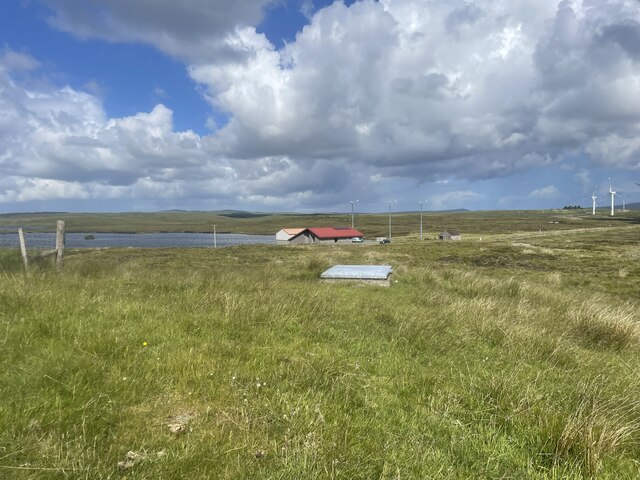
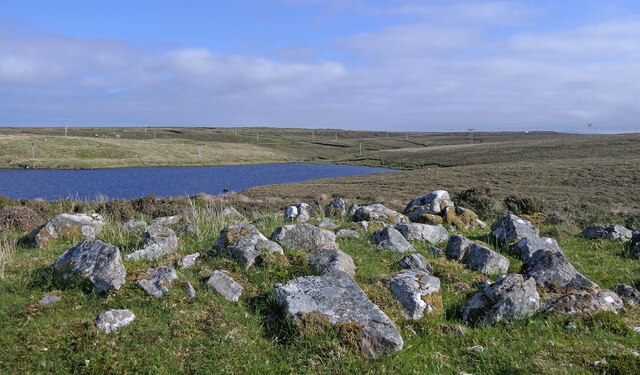

Loch Beag na Craoibhe is located at Grid Ref: NB3729 (Lat: 58.174721, Lng: -6.4610313)
Unitary Authority: Na h-Eileanan an Iar
Police Authority: Highlands and Islands
What 3 Words
///instance.masses.dish. Near Leurbost, Na h-Eileanan Siar
Nearby Locations
Related Wikis
Rainish Eilean Mòr
Rainish Eilean Mòr is an uninhabited island in Loch Orasaigh, north of the village of Leurbost in the area of South Lochs on the Isle of Lewis, Lewis and...
Leurbost
Leurbost (Scottish Gaelic: Liùrbost) is a village on the east coast of the Isle of Lewis in the Outer Hebrides of Scotland. It is approximately 6 miles...
North Lochs
North Lochs, (Scottish Gaelic: Ceann a Tuath nan Loch), an area in eastern Lewis, Outer Hebrides, Scotland, is named for the many lochans (small lochs...
Crossbost
Crossbost is a village on the Isle of Lewis in the parish of North Lochs, in the Outer Hebrides, Scotland. It is located approximately ten miles away...
Nearby Amenities
Located within 500m of 58.174721,-6.4610313Have you been to Loch Beag na Craoibhe?
Leave your review of Loch Beag na Craoibhe below (or comments, questions and feedback).
